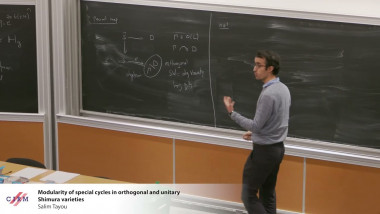First Steps in Global Lie Theory: wild Riemann surfaces, their character varieties and topological symplectic structures
I'll describe some of the story leading up to the construction of the topological symplectic structures (P.B. Oxford thesis 1999, Adv. Math. 2001) and subsequent evolution leading to the general, purely algebraic approach (B. 2002, 2009, 2014, B.-Yamakawa 2015). They generalise the holomorphic version of the symplectic structures of Narasimhan, Atiyah-Bott, Goldman involving the topological fundamental group. Our approach gives a TQFT approach to moduli of meromorphic connections on curves, involving Lie group valued moment maps. The right point of view seems to be to generalise the notion of Riemann surface to the notion of wild Riemann surface, in the spirit of Weil's 1958 Bourbaki talk, and view these symplectic varieties as their character varieties (in the spirit of Weil's 1948 text "Sur les courbes algébriques et les variétés qui s'en déduisent"). The simplest irregular example (involving the wild fundamental group) underlies the Drinfeld-Jimbo quantum group (and deformations of the underlying wild Riemann surface explain the natural G-braid group action of Lusztig, Kirillov-Reshetikhin and Soibelman). Classification of these varieties, as "global analogues of Lie groups", is still at a quite elementary stage, but a rich theory of Dynkin diagrams exists for many examples. If time permits I'll describe how these two-forms fit together with the Bottacin-Markman Poisson structure on the meromorphic Higgs bundle moduli spaces to give the wild nonabelian Hodge hyperkahler manifolds (Biquard-B. 2004). This gives in particular a rich bestiary of new special Lagrangian fibrations. Surprisingly these hyperkahler metrics are often complete even though the corresponding harmonic maps have infinite energy. The simplest examples, certain hyperkahler four-manifolds, are the "spaces of initial conditions" of the Painlevé equations. Painlevé knew his equations were deformations of equations for elliptic functions, and so we can now see this "Painlevé simplification" as a hyperkahler rotation, from meromorphic connections to meromorphic Higgs bundles. Not only does this story encompass many famous classical integrable systems like the Lagrange top (2 poles of order 2), and those studied by Mumford (in Tata lectures on Theta II), but several of these Painlevé integrable systems were used in Seiberg-Witten's 1994 solution of 4d N=2 super Yang-Mills theory for SU(2), and one of the higher rank generalizations, introduced by Garnier in 1919 (the simplified Schlesinger system), underlies the famous Gaudin model. It was solved by Garnier in terms of abelian functions by defining spectral curves, a method rediscovered in the soliton literature in the 1970s (see e.g. Adler-Van Moerbeke 1980, Linearization of Hamiltonian systems, Jacobi varieties and representation theory, p.337, or Verdier's 1980 Séminaire Bourbaki), before being generalised by Hitchin to the case where the base curve has genus >1 and then connected to the harmonic theory.











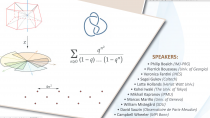
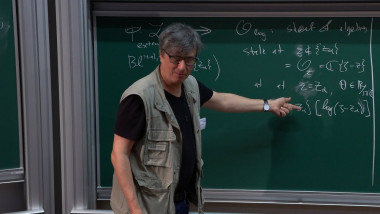

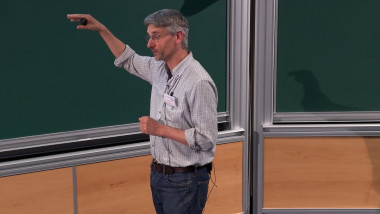
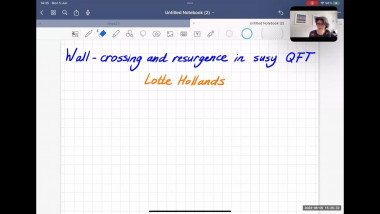
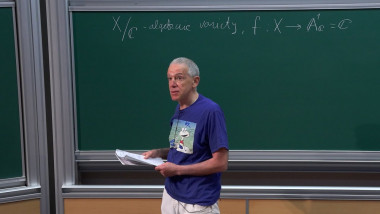
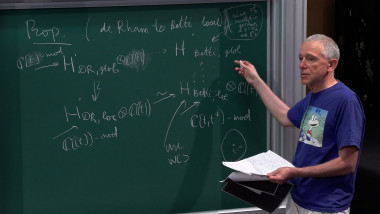

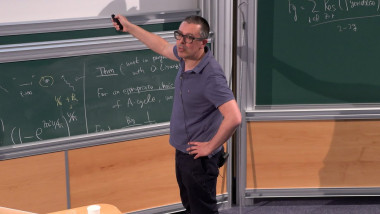
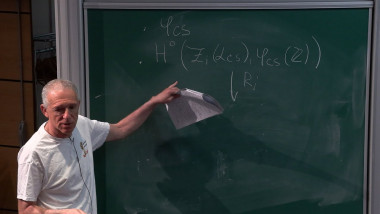
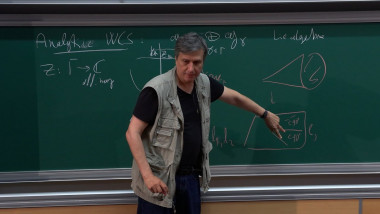

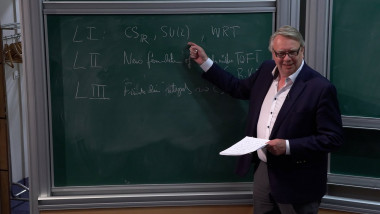


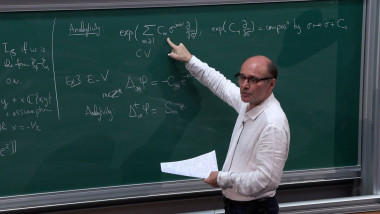
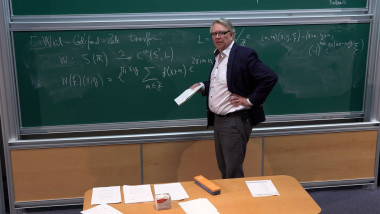
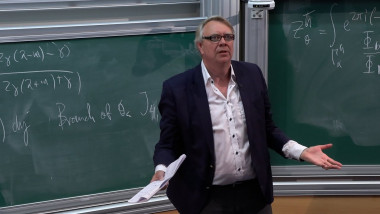
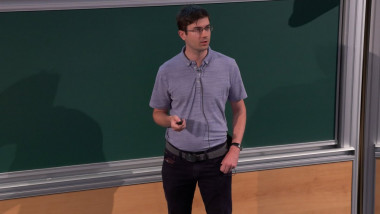
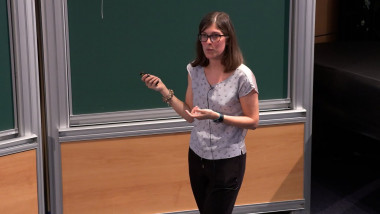

![[1242] Réfutation de la conjecture du télescope de Ravenel](/media/cache/video_light/uploads/video/SeminaireBourbaki.jpg)

